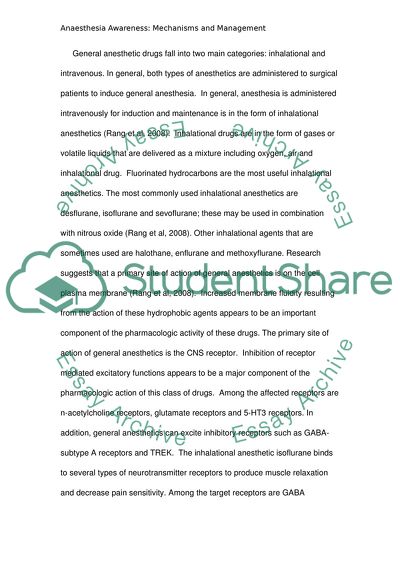Cite this document
(Intraoperative Awareness - Mechanisms and Management Essay, n.d.)
Intraoperative Awareness - Mechanisms and Management Essay. https://studentshare.org/health-sciences-medicine/1744834-anaesthesia-awareness-mechanisms-and-management
Intraoperative Awareness - Mechanisms and Management Essay. https://studentshare.org/health-sciences-medicine/1744834-anaesthesia-awareness-mechanisms-and-management
(Intraoperative Awareness - Mechanisms and Management Essay)
Intraoperative Awareness - Mechanisms and Management Essay. https://studentshare.org/health-sciences-medicine/1744834-anaesthesia-awareness-mechanisms-and-management.
Intraoperative Awareness - Mechanisms and Management Essay. https://studentshare.org/health-sciences-medicine/1744834-anaesthesia-awareness-mechanisms-and-management.
“Intraoperative Awareness - Mechanisms and Management Essay”. https://studentshare.org/health-sciences-medicine/1744834-anaesthesia-awareness-mechanisms-and-management.


